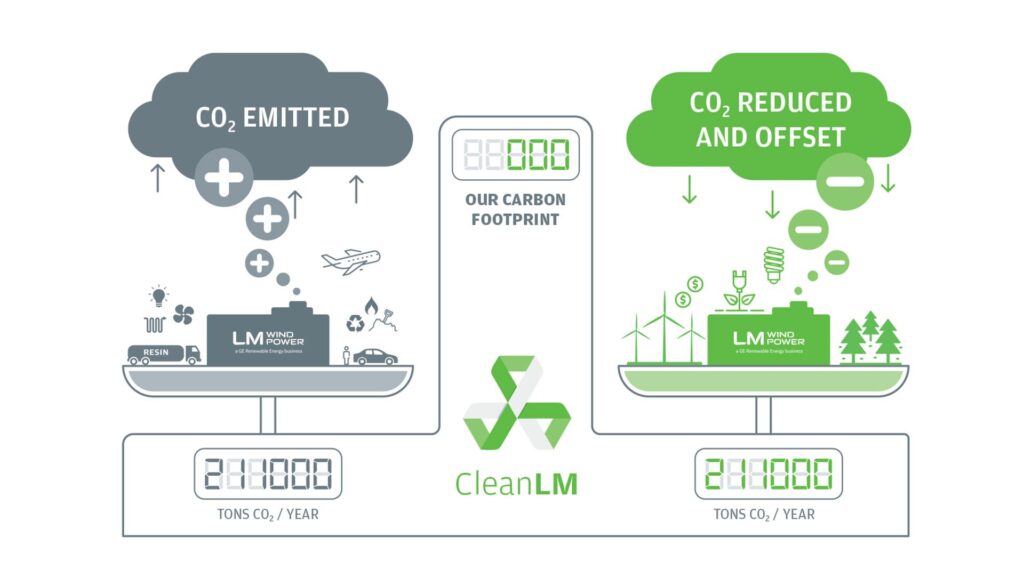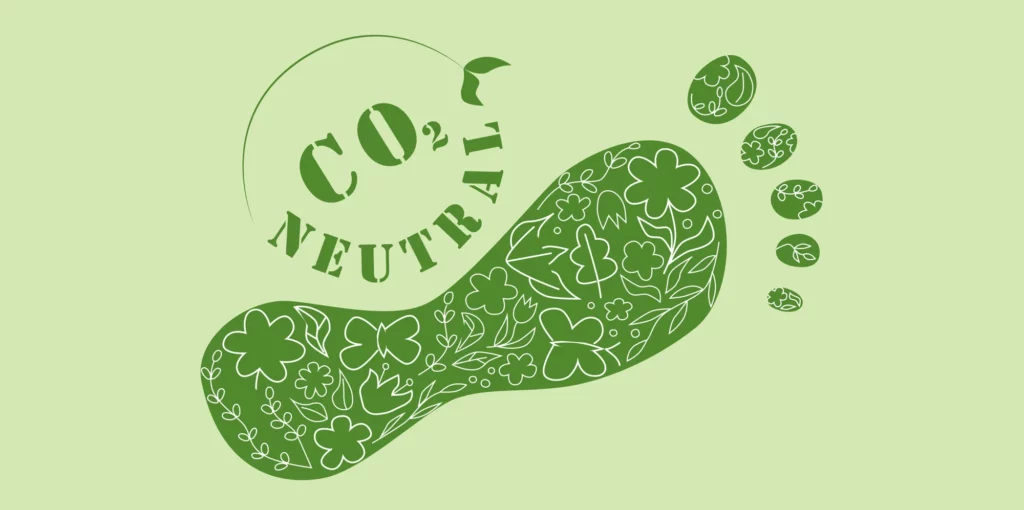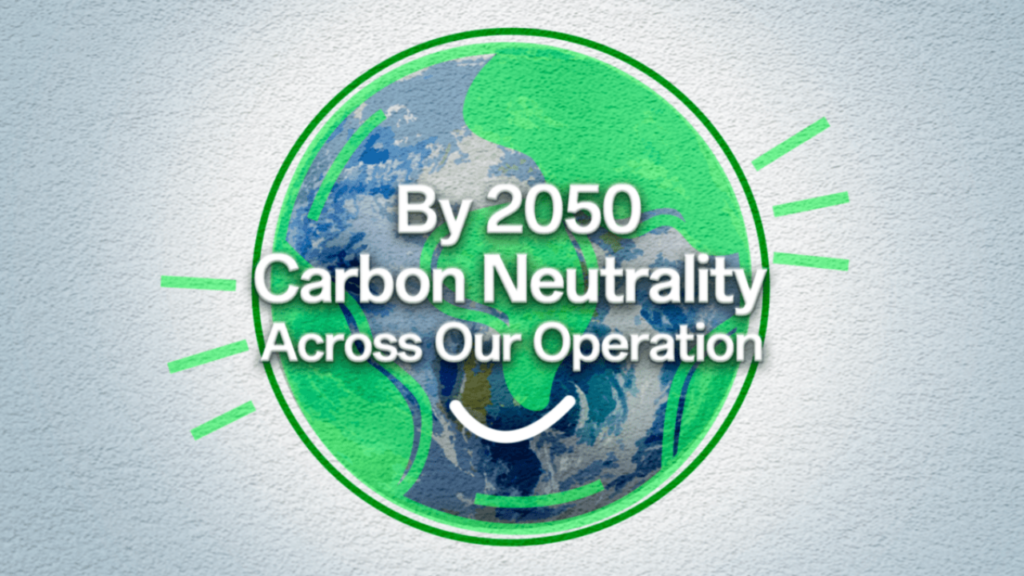
According to carbon inequality studies, the over-emitting nations of the Global North are obligated to compensate their low-emitting counterparts, and India is one of them. Read on to find out what’s inside.
To designate 2050 as the target year for climate change, an aggregate compensation of 170 trillion dollars is due for the world’s over-emitting nations, with India receiving its fair share of 1446 dollars per capita annually until the same.
The industrialised Global North is responsible for over 90% of excess carbon dioxide emissions, with the United States of America owing a staggering 2.6 trillion dollars each year to low-emitting countries.
According to a carbon inequality research study, some countries around the world bear disproportionate responsibility for climate breakdown by exceeding their fair share of the residual carbon limit.
As a result of the overshooting countries’ climate-related harms and atmospheric appropriation, they owe reparation or compensation to the undershooting countries, which are concurrently and arguably in a developing or low stage of economic growth.

The global north would pay the global south in such a scenario.
The top five overemitting countries of the Global North, namely the United States, Russia, Japan, Germany, and the United Kingdom, are responsible for more than two-thirds of the entire compensation, which amounts to 131 trillion dollars.
On the contrary, India, Pakistan, China, Indonesia, and Nigeria, the top five low-emitting countries, are entitled to reparations totaling almost 102 trillion dollars.
A Reasonable Decision
The University of Leeds researchers examined 168 countries before releasing the information to the public, which included estimating the historical influence of climate change.
The analysis entailed determining the disproportionate share of carbon dioxide produced by various countries as well as the global requirement to prevent temperatures from rising above 1.5 degrees Celsius.
The Earth’s atmosphere is a natural and communal treasure that should be used in a sustainable and equitable manner. The findings of the global carbon budgets for 2 degrees Celsius and 1.5 degrees Celsius were released by the Intergovernmental Panel on Climate Change. This funding was split evenly as fair shares among the 168 countries included in the study based on population.

The carbon budget is defined as the set amount of greenhouse gas emissions for the stipulated level of global warming, which in this case is 1.5 degrees Celsius.
The Industrial Revolution saw a surge in carbon dioxide emissions into the atmosphere, which appears to be the primary reason for the planet’s global surface temperatures rising by 1.15 degrees Celsius.
The fair share of each country was then matched against the amount of carbon dioxide released by that country in historical times since 1960, along with an ambitious scenario and a business-as-usual case in which the country would decarbonize to net zero by 2050 from current figures, to produce a striking result from the entire examination.
Even if the most optimistic scenarios could limit global warming to 1.5 degrees Celsius above pre-industrial levels, the global north would still overshoot its cumulative share of the carbon budget by a factor of three.
The whole arrangement would eventually turn out to be nothing more than ‘unjust,’ since it would capture more than half of the Global South’s fair share of the carbon budget.
The entire analysis concluded that India and the other low-emitting countries would have to deal with the more serious consequences of global warming and climate change.
Taking into account the industrial pollution of the Global North, low-emitting countries such as India would be more accountable for reducing emissions than their high-emitting counterparts under the current circumstances.
In general, India, among the countries of the Global South, would have to sacrifice a significant portion of the total appropriated emissions in order to keep the global temperature rise within 1.5 degrees Celsius while balancing the overindulgence of the over-emitting countries of the Global North.

The compensation agenda is viewed as an evidence-based mechanism in which the historical account of causing and preventing climate breakdown is taken into account in an ambitious scenario that will help all countries decarbonize to net zero from current levels by 2050 and eventually help reduce global warming to 1.5 degrees Celsius.
If global temperatures rise by more than 1.5 degrees Celsius above pre-industrial levels indefinitely, the globe will suffer irreversible damage.
Carbon dioxide-affluent countries are those that surpass the global carbon budget by emitting more CO2 than their fair share based on equity.
To avoid the dreadful, harsh, and irreversible consequences of climate change, world leaders agreed in 2015 to limit global warming to 1.5 degrees Celsius above pre-industrial levels (1850–1900).
Despite accounting for more than 17% of the global population, India is only responsible for 4% of net global greenhouse gas emissions between 1850 and 2019.
According to the United Nations Environment Programme, per capita greenhouse gas emissions in India are expected to be 2.4 metric tonnes of CO2 equivalent in 2022, which is much lower than the global average of 6.3 metric tonnes of CO2 equivalent.

Whereas the United States had the greatest per capita emissions, much exceeding the global average with 14T CO2 equivalent, Russia was found to be slightly behind with 13T CO2 equivalent. China comes in second with 9.7T CO2e, followed by Indonesia and Brazil on 7.5T CO2e, and the European Union on 7.2T CO2e.
In the context of international ‘loss and damage’ negotiations for funds to aid economically weak and developing countries in paying a price for climate adaptation, the aforementioned Mission 2050 findings are particularly noteworthy.
The United Nations Climate Conference 2022 in Sharm el-Sheikh, Egypt, established a fund to offset the damage and loss caused by climate change-related disasters and tragedies. The COP28 Summit in Dubai in December 2023 will determine how the funds will be used and who will contribute to and receive funds from the fund.
Taking into account the research’s merits and cons, each Indian would be reimbursed with 1446 US dollars every year until Mission 2050 is completed. Furthermore, when everything is said and done, India is owed 66 percent of its 2018 GDP in reparation.



